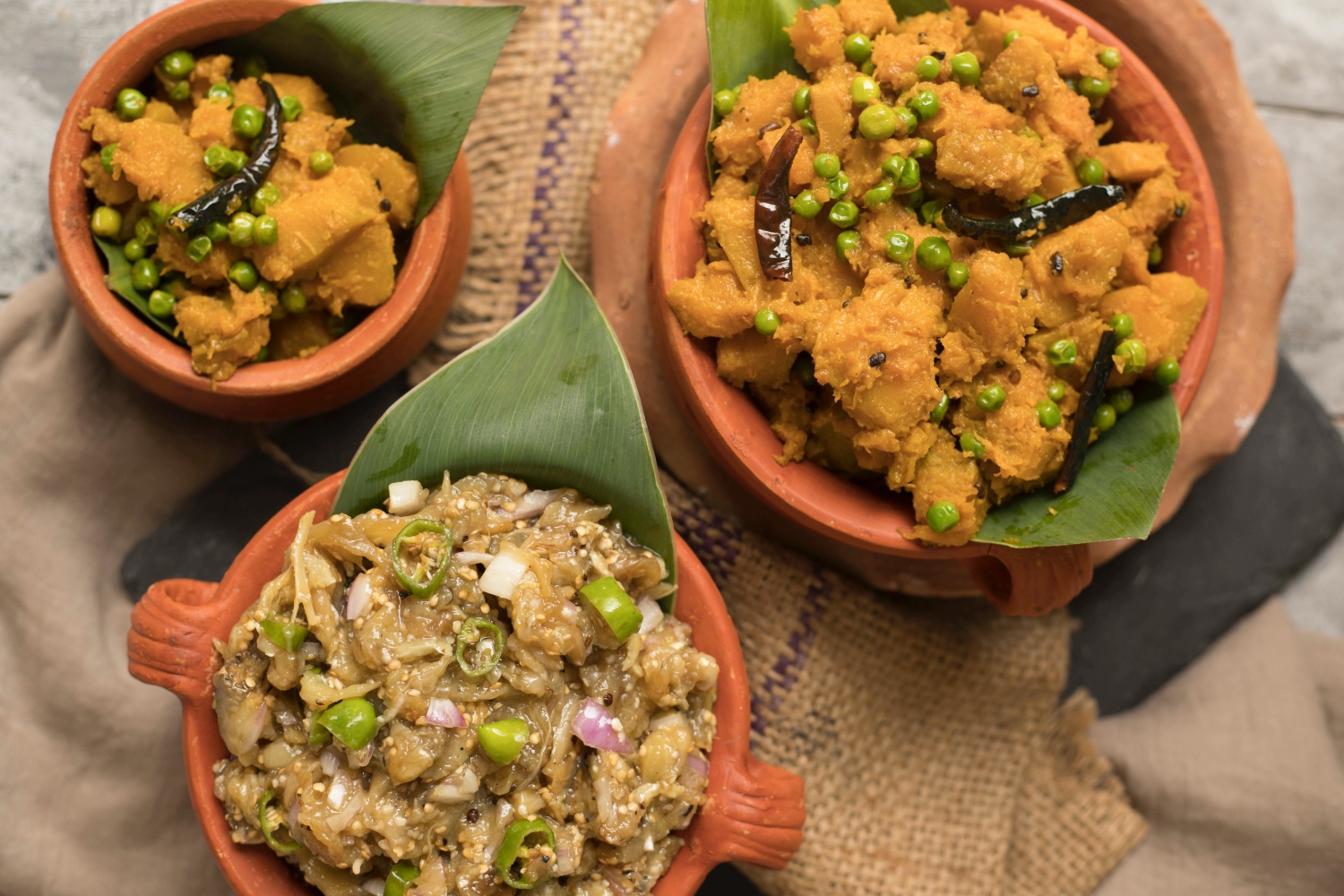Nepal cook book
A gastronomic tour of Nepali cuisinesThere has been a feast of new books covering Nepali cuisine and recipes in recent years: A Taste of Nepal, The Rana Cookbook, Nepali Home Cooking & Healthy Living, Timmur. The list goes on.
Rohini “Dolly” Rana, the author of The Rana Cookbook: Recipes from the Palaces of Nepal, has now come out with yet another book, The Nepal Cook Book: 108 Regional Recipes. And unlike her previous collection which focused on the royal cuisine of her Rana clan, this one spreads across Nepal to extol the country’s culinary diversity.
Rana’s second book is not just a sequel to Rana recipes, but also a sort of supplement to Timmur, Prashant Khanal’s food tour of 12 of Nepal’s main ethnic groups. The Nepal Cook Book divides up the world of Nepali cuisine into chapters: Sherpa, Tamang, Magar, Gurung, Thakuri-Brahmin-Chhetri, Thakali and Newar, and sticks to the more iconic dishes of each.

The book is lavishly designed and mouth-wateringly illustrated, reminding us that Nepal’s natural and ethnic diversity is also reflected in its cuisine, with influences from north, south, east and west that have also evolved within Nepal into homegrown dishes.
Like Timmur, The Nepal Cook Book is an important effort to document the diversity of Nepal's cuisine, which is being eroded steadily by Dal Bhat hegemony. Each chapter is visually rich, showing not just professional food photography but also the fabric, utensils and even jewelry of the ethnic groups featured.

Ethnic cuisine tends to be difficult to replicate because ingredients are not available or its preparation needs practice. But Dolly Rana has simplified the process so that the preparation of Tamang Batuk, Sherpa Thukpa, Tharu Dhikari, for example, seem to be a piece of cake, as it were.
When Nepalis stop at ‘Thakali’ restaurants along the highway in Mugling, they are usually looking for a Dal Bhat eatery that is just cleaner and the food tastier than other places. But it is from the Thakali chapter in The Nepal Cook Book that we find out how inaccurate this stereotype is. Original Thakali recipes from Mustang have buckwheat Dhindo, Kanchemba Fried Buckwheat Fingers, Yak Sukuti, and Timur Chope. And Dolly Rana gives us step-by-step instructions to prepare them so that the amateur chef will not be intimidated.

Few know that the most popular dish among the Magar community is the Sutkeri Kukhura Ko Jhol. Unlike what its name suggests, this is not a dish made of the mother hen, but a nutritious broth especially prepared for nursing mothers. The Gurung have gone a step further and marinated their chicken into a pickle so that it does not spoil on long journeys in the days before refrigeration. And the closest Nepal’s cuisine comes to preparing crustaceans is the Tharu Ghoongi snail dish.
The most elaborate chapter is on more mainstream Thakuri-Brahmin-Chhetri food, but even here we find speciality dishes that some of us may not be familiar with: Koiralo Ko Achar (nothing to do with the clan of Nepal’s former prime ministers) is a pickle made of ebony buds, or Bhang Ko Achar made from hemp seeds, roasted so they are not narcotic.

Besides the chapters on ethnic cuisines, The Nepal Cook Book also has helpful sections on indigenous spices (jimbu and timur), and Nepali fermented foods (kinema, gundruk, tama, yangben). And there is even an explanation about the significance of the number 108 in Vedic cosmology which is why Dolly has chosen that many recipes for her book.
She explains in her foreword: ‘I hope that with this auspicious number, my book will succeed in offering a higher level of insight into Nepalese cuisine and culture.’

writer
Kunda Dixit is the former editor and publisher of Nepali Times. He is the author of 'Dateline Earth: Journalism As If the Planet Mattered' and 'A People War' trilogy of the Nepal conflict. He has a Masters in Journalism from Columbia University and is Visiting Faculty at New York University (Abu Dhabi Campus).
